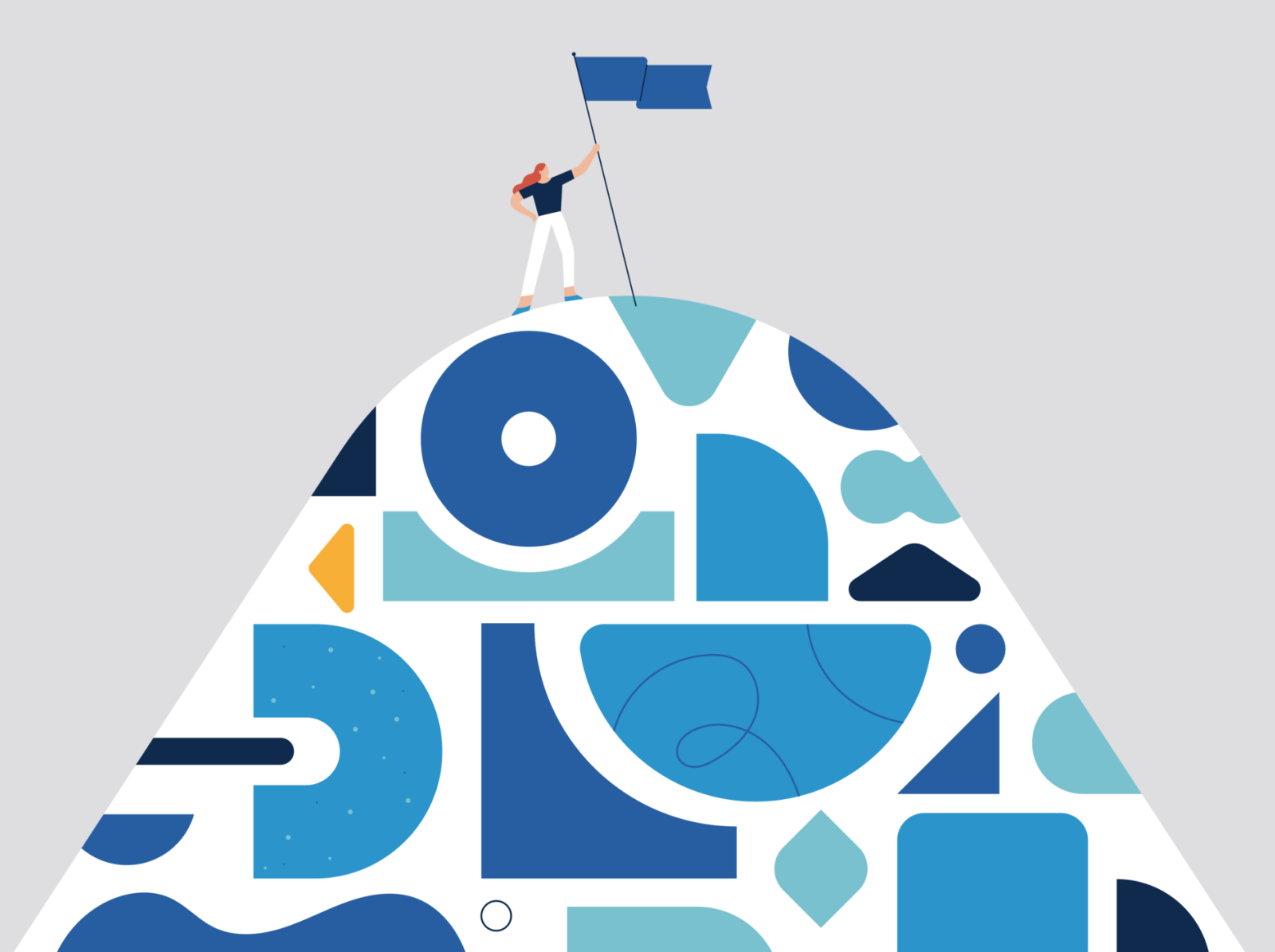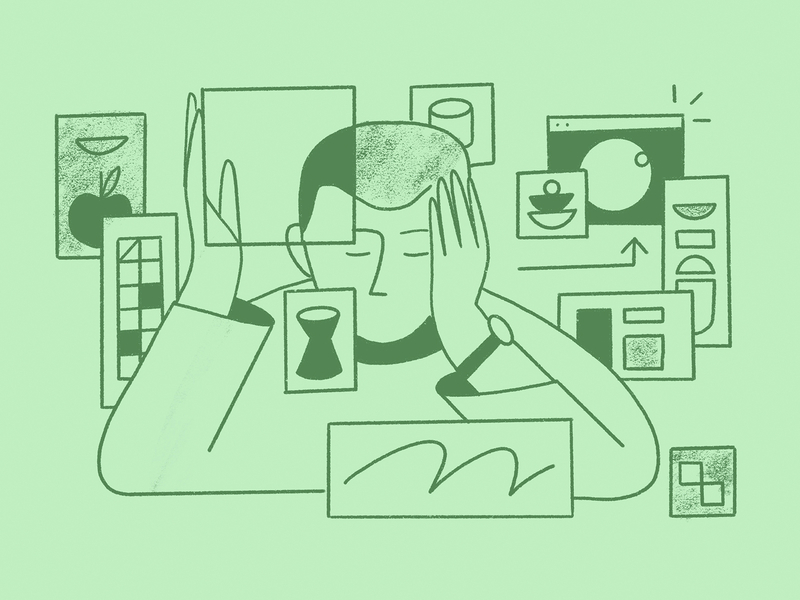As a designer, it’s never a bad idea to think about expanding your skill-sets and staying current in this ever-evolving industry. But we know the process of learning a new skill can often feel overwhelming and discouraging without the right mindset.
Today, designer and blogger Eugene Burndam shares six best practices for taking a design course and making the most out of your learning experience. Let’s jump straight into it!
1. Take a small scale course before making a big investment
When we begin to learn something foreign it’s important to give ourselves small scale parameters to feel safe to try. We can gauge our liking or aptitude for an area of design through buying an online course or book that fits into our current budget and be comfortable with that investment knowing cash isn’t in endless supply. With a more expensive institution however, the price we pay to engage with the subject matter may not quantify with how confident we feel about it yet.
When we gulp information that would be better off sipped in the beginning, our subconscious can’t discern a credible reason to allow our conscious mind to feel reassured or confident about the material. Learning advances from the self-validation that comes from being able to say ‘I can do this and I enjoy it’ especially in the early stages.
The private victories that come from winning on a small scale always prove more valuable than the big investments. It’s much harder and seemingly less impressive to explain the first sketch we drew, the first design book we bought, or the first online course we dabbled in and became enlightened. But make a start and see how your bold choices to learn are merely a reflection of seizing the much smaller opportunities you started with before.
2. Take time off to learn a new field of design
Learning must always be focused and deep for us to gain a real sense of value. One of the key problems we have is assessing our time and creating a block of opportunity with which to understand something. When we feel confident in a course that enables us to level up and progress, the goal is to avoid distractions so we see tangible results.
As opposed to learning elaborate information between other tasks, book time off to build the kind of relationship with the material that you desire. These educational breaks can be very productive and provide the foothold in skills you want, allowing you to map the upcoming terrain of the subject with confidence. Seven to fourteen days is a great time frame to begin with particularly for our busy lifestyles and personal constraints.
3. Learn the fundamentals over learning tools
We can all enhance our speed at using Adobe programs and gain a more interconnected sense of locating the tools and panels. But coming away with design principles and a deeper sense of why a program works for a particular type of project is much more useful.
With client desires and project based outcomes becoming more diverse and stratified with the progress of technology, knowing our principles with the tools we use will be our framework and safety net for the latest problems we encounter.
4. Tailor the course to your needs
This is a lot easier to do when taking an online course because getting permission is less notable. We also have to understand our professional goals before customizing our study. But if you’re taking a course in the more traditional setting of a classroom and projector, kindly ask your instructor if you can curtail the material to your specific needs. If you’re incredibly engaged with branding for hospitality ventures and like that industry, it may not make sense to design logos and marketing materials for a bank.
5. Add incentives to your study goals with learning rewards
It’s important to take the time and acknowledge the investment we’ve made in ourselves by acquiring invaluable command of a new skill. Celebrations may come after the work phase but there’s no reason why we can’t construct a suitable incentive before we begin a course. One great way to continue the cycle of learning is identifying an educational reward. Here are a few great ideas:
- Buy a book on design principles, history or technique.
- Buy tickets to an engaging design exhibition or talk.
- Invest in another promising course.
- Go on vacation to a design conference.
These goals perpetuate the cognitive desire to understand better and more completely. One hand washes the other and we constantly improve. Perhaps there are others you can think of too.
6. Know your heroes
Knowing who we should admire can be tricky to define as design work proliferates our emails and social media feeds. The internet can highlight so many great individuals with skills we hope to master. But look deeper and follow the productivity, career choices, and qualities of particular brilliant individuals over a number of years, and you’ll see how they became the pathfinders for our industry.
Finding your heroes may not be as easy as sifting through social media because the nature of the design profession is seemingly inconspicuous—we designers quietly interweave and strengthen the fabric of our culture in unassuming fashion. But look hard enough and through good information channels to find those personal gems that ignite your passion. You don’t necessarily have to tell anyone else who they are—that’s not important. In fact, keeping it to yourself may validate the reason why you chose that person even more.
When we know our heroes while facing the most difficult design challenges and tasks, we can simply ask ourselves ‘How would he or she solve this problem?’. Our heroes give us the courage to know that hurdles we face are easier to surpass than we first thought and every problem is merely disguised as an opportunity to make us better ■
About Eugene: Hi! I’m a blogger and designer based in London, England. I enjoy topics on marketing, learning, and branding. I also relish building community amongst graphic designers and understanding how we can all Think. Design. Educate and Play better with the great tools at our disposal. Find me on Instagram.
RELATED READING
- 5 Different Paths to Becoming a Designer
- How to learn art fundamentals on a budget
- Busting 5 frequent myths about online learning
Find more Community stories on our blog Courtside. Have a suggestion? Contact stories@dribbble.com.











